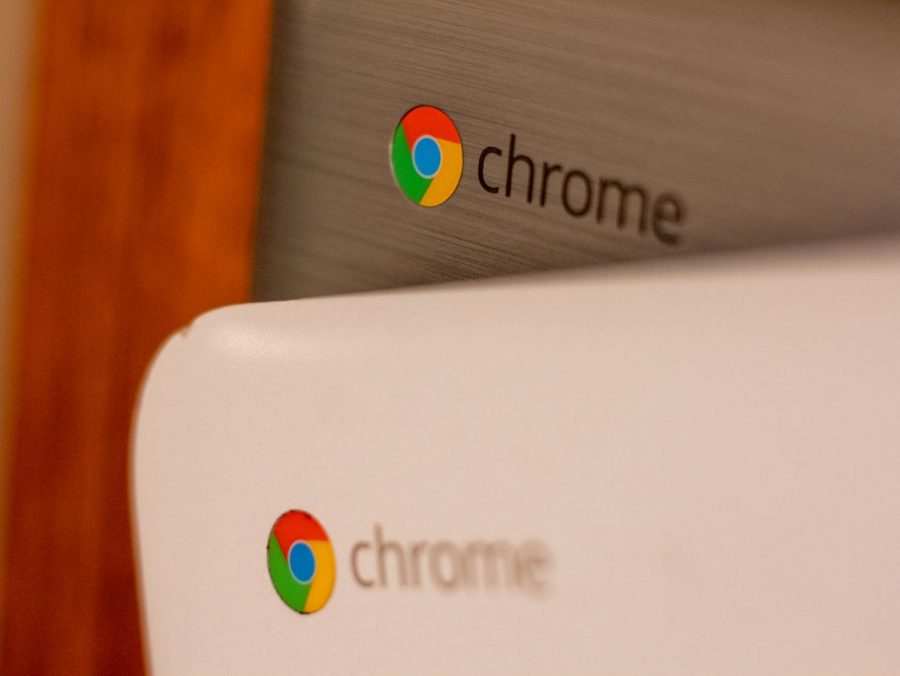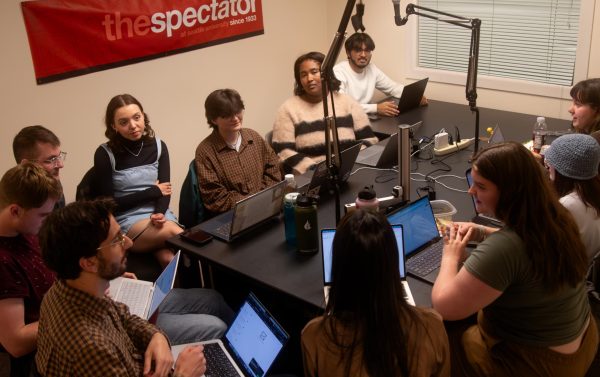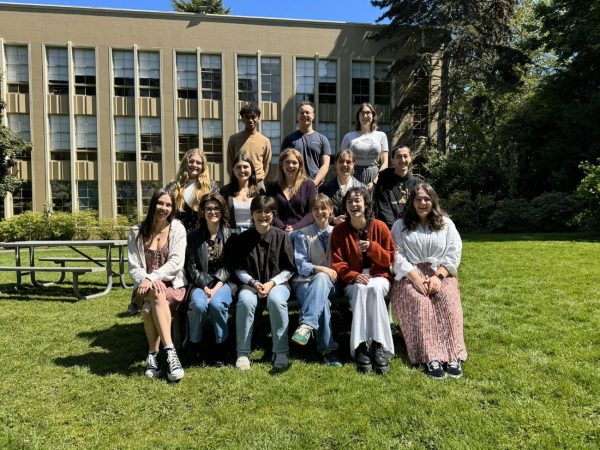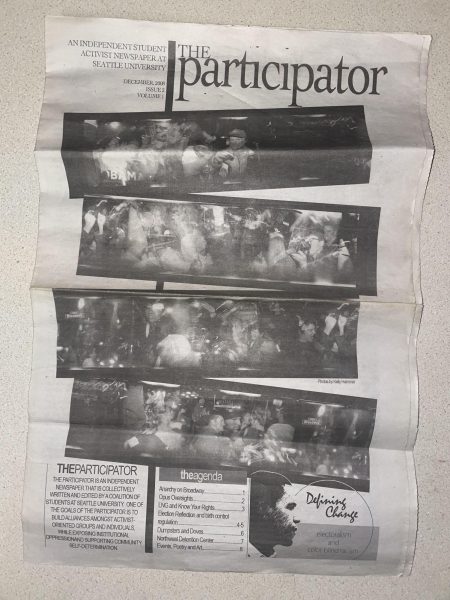Tech Support: The Lifeline of Distance Learning
Due to limited access to technology as a result of mass shutdowns, Seattle U’s Lemieux Library and Information Technology Services has provided ChromeBooks and other technological devices to students who need them
For some Seattle University students, the shift to remote learning this quarter has been more difficult than others due to lack of access to personal computers or reliable internet service. To address these challenges, Seattle U’s Lemieux Library staff and the Information Technology Services (ITS) department have been working together to ensure that all students have access to technology so that they can attend Zoom classes and complete their classwork.
Initially, the two campus resources jointly sent out a survey to the student body asking if students needed technological equipment or assistance. According to Vice President of Information Technology Chris Van Liew, 1,000 students responded to the emailed survey. Among those who asked for help, the primary requests were for computers and internet access.
ITS and the library sent 50 Chromebooks, as well as 31 cell phones with internet hotspots to students for use through the remainder of the academic year.
“The biggest reason for computer lending is because of the closing of the library computer labs, which so many students depend upon,” Doug Eriksen, director of library systems and technology said.
Van Liew explained that the university is financially able to purchase and lend all of this technological equipment to students through the direct technology provision of the student hardship fund.
“The student hardship fund was put together by President Sundborg to raise money so that students would receive funds for technology or other needs, such as financial help.” Van Liew said. “We also have received money through the CARES Act which has helped us.”
The work that ITS and the library team have done is critical, as it ensures that everyone has technology to get their work done. Although the main technological issue that students and faculty have faced is the lack of proper equipment, Van Liew elaborated on other technical challenges and responses the university has received.
“The second issue pertains to specialized physical activity normally done in person, like biology and chemistry labs that need in-person action. Faculty have videoed themselves doing labs so students can see. They have really stepped up to accommodate their teaching,” Van Liew said. “The third aspect is Zoom, which some love while others find it challenging. ITS purchased licenses so that Zoom would be available for all classes.”
In addition to working closely with ITS on the technology rental program, Dean of the Lemieux Library Sarah Watstein, explained how the facility has shifted its services online.
“We have transitioned many library-learning services to online. We are not circulating materials or books now because the building is closed,” Watstein said. “Databases, journals, ebooks and videos are already online. The Writing Center, Math Lab, Media Production Center and other learning programs are offering help online as well.”
Watstein, Van Liew and Eriksen all emphasized their strong desire to provide for all students, while prioritizing the needs of those without the technological tools necessary for learning. Eriksen also pointed out that they have worked with disability services to make sure the technological needs of students with disabilities are being reached.
Despite these efforts, Seattle U has been unable to assist some students due to complications concerning the internet or students’ locations. For instance, Van Liew mentioned one student in another country who did not have wireless internet, even through the provided cell phone hotspot.
Van Liew gave a glimpse of what fall quarter might look like for Seattle U.
“If students are not able to return for fall, at least in a modified way, we will have to do more to address tech issues. We are working closely with the President’s task force when it comes to plans for reopening the University and will align the tech strategy to support that, whatever it may be. We need to be ready for many different possibilities.”











